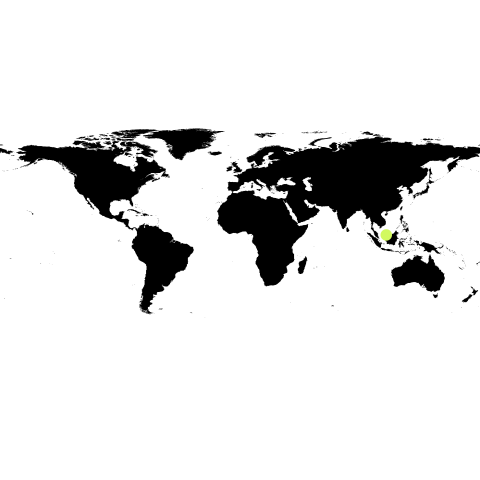Disclaimer:
Please be aware that the content herein has not been peer reviewed. It consists of personal reflections, insights, and learnings of the contributor(s). It may not be exhaustive, nor does it aim to be authoritative knowledge.
Learnings on your challenge
What are the top 5 key insights you generated about your frontier challenge during this Action Learning Plan?
1. Prototyping should include women users from the start of design phase. Most engineers and technicians involved were men and hence neglect specific gender needs.
2. Experimentation with different materials allow a lower cost of production for the local community but may conjure up other issues from the recommended design.
3. Safety precautions and waste management of the solar dryer eg. the ETFE film disposal needs to be taken into account when training and designing the prototype.
4. There is a lack of open knowledge sharing on solar dryer or green technology in general. Collaboration and knowledge sharing sessions among innovators is crucial.
5. UNDP plays a crucial role in convening the stakeholders eg. investors and supporting communities and local social enterprise in applying for grants etc due to our credibility. This enables them more funds for iterative experimentation.
Please paste the link(s) to the blog(s) that articulate the learnings on your frontier challenge.
https://www.undp.org/malaysia/blog/e-commerce-rural-development-greening-production-part-3
Did you experience any barriers or bottlenecks when impacting the system, working on your frontier challenge respectively?
Nothing major except for weather conditions that disallow delivery of the final product to communities and flood that delayed training to community.
For this frontier challenge, how much of your time did you dedicate to the stages in the learning cycle? Please make sure that your answers adds up to 100%.
Data and Methods
Relating to your types of data, why did you chose these? What gaps in available data were these addressing?
FGD and in-depth interviews help to determine the needs of the community and allowed co-creation with them on the design of the solar dryer eg. SMART functions, mobility, affordability etc. Collective intelligence with the Ebf and AGC Green Tech allows improvement and improvisation of the design to suit local context. 2 prototypes were made to test out the different materials and design structure.
Why was it necessary to apply the above innovation method on your frontier challenge? How did these help you to unpack the system?
Yes, co-creation, design thinking and collectve intelligence allow us to ensure the technology is fit for purpose and is sustainable and affordable for the community. The prototyping and proof of concept also allows us to improve and adjust the technology to the needs of the community, while scaling it to other regions with rural development.
Partners
If applicable, what civil society organisations did you actually work with and what did you do with them?
Tonibung who is a social enterprise that does appropriate technology for rural communities and Moyog Innovation House who trains the entrepreneurs and farmers to use the solar dryer for enterprise and self consumption purposes.
If applicable, what academic partners (and related institutions) did you actually work with and what did you do with them?
University Malaysia Sabah who also has a solar dryer prototype. Lessons learnt from the prototype helped improved the current prototypes eg. prevention of rust and fungus growth
If applicable, what private sector partners did you actually work with and what did you do with them?
AGC Green Tech and EbF Germany - Technical advise, drawings on the solar dryer design structure. Knowledge sharing on the technology and lessons learnt based on their prototype.
If applicable, what government partners (and related institutions) did you actually work with and what did you do with them?
N/A
Relating to your answers above: who of the partners listed were new and unusual partners for UNDP, and what made them special?
AGC Green Tech and EbF
If applicable, which UN internal partners did you actually work with and what did you do with them?
N/A
End
Bonus question: How did the interplay of innovation methods, new forms of data and unusual partners enable you to learn & generate insights, that otherwise you would have not been able to achieve?
It helped us to identify key bottlenecks and challenges that communities ewre facing and would help provide alternative to systemic issues such as road conditions, affordability and inconsistent grid electricity
Please upload any further supporting evidence / documents / data you have produced on your frontier challenge that showcase your learnings.
The closing form saves automatically or via the blue "save changes" button the top left. Thank you


 7
7

 8Decent work and economic growth
8Decent work and economic growth 11Sustainable cities and communities
11Sustainable cities and communities
Comments
Log in to add a comment or reply.